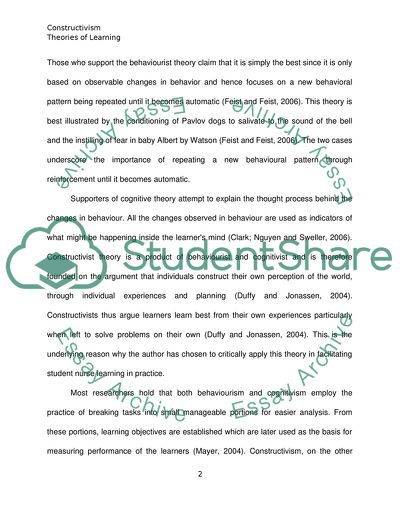Cite this document
(Theory of Learning to the Role of the Preceptor in Facilitating Coursework, n.d.)
Theory of Learning to the Role of the Preceptor in Facilitating Coursework. Retrieved from https://studentshare.org/education/1728553-critically-apply-one-theory-of-learning-to-the-role-of-the-perceptor-in-facilitating-student-nurse-learning-in-practice
Theory of Learning to the Role of the Preceptor in Facilitating Coursework. Retrieved from https://studentshare.org/education/1728553-critically-apply-one-theory-of-learning-to-the-role-of-the-perceptor-in-facilitating-student-nurse-learning-in-practice
(Theory of Learning to the Role of the Preceptor in Facilitating Coursework)
Theory of Learning to the Role of the Preceptor in Facilitating Coursework. https://studentshare.org/education/1728553-critically-apply-one-theory-of-learning-to-the-role-of-the-perceptor-in-facilitating-student-nurse-learning-in-practice.
Theory of Learning to the Role of the Preceptor in Facilitating Coursework. https://studentshare.org/education/1728553-critically-apply-one-theory-of-learning-to-the-role-of-the-perceptor-in-facilitating-student-nurse-learning-in-practice.
“Theory of Learning to the Role of the Preceptor in Facilitating Coursework”. https://studentshare.org/education/1728553-critically-apply-one-theory-of-learning-to-the-role-of-the-perceptor-in-facilitating-student-nurse-learning-in-practice.


